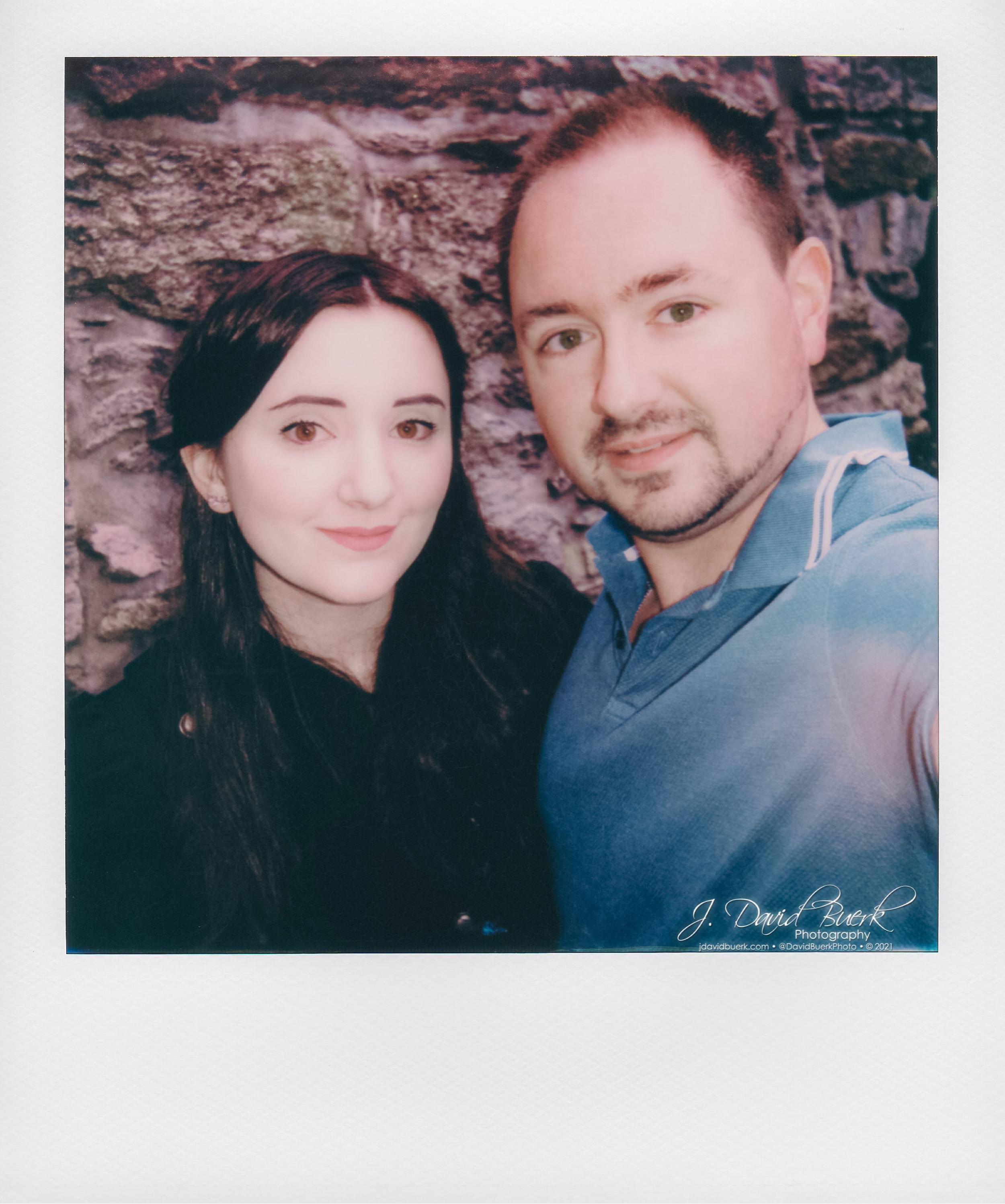Following our first photoshoot together that combined Steampunk corsetry in an old textile mill, Megan and I incorporated some of our foggy graveyard photoshoot idea that never materialized into a similarly moody morning photoshoot, exploring the same textile mill’s grounds in a Victorian trenchcoat. Although there wasn’t fog like we’d aimed for, the crumbling and overgrown stone walls paired with Megan’s ivy earrings and black lace heels brought mystical vibes to the overcast grounds, with the din of water coursing through generation equipment in the mill’s spillway immediately behind our wall drew us even further out of the 21st century in our secluded corner originating in the industrial revolution.
Having now shot with Megan twice, I can only think of a handful of people I’ve shot with who have run through poses so effortlessly; it’s a blessing in that everything we shoot looks incredible, and a curse in that EVERYTHING we shoot looks incredible (so it’s difficult to narrow down in post): a struggle Megan and I gleefully lamented going through the photos following both our shoots together.
If you don’t already, you can follow Megan’s spooky and spectacular photography of storms, cemeteries, and astrophotography on Instagram.
Like all proper creatives with pent-up artistic energy, Megan and I continue to have shared, evolving ides for photoshoots, and hopefully the next time we see each other the stars will align to bring another passion project or two together.
Until next time,
The Queen of Halloween & The Duke of Spook bid you well in 2022!
Behind the Scenes
Because of the lighting setup on our fist shoot, I didn’t even attempt any Polaroid captures, but since this photoshoot was captured simply with the same run-and-gun fill-flash technique Polaroids traditionally lean on, it was seamless freezing a few moments in time on the classic instant format; all it required was pausing for each moment for the very mechanical image capturing process to work its analog magic.
This is only the second selfie I’ve taken with a Polaroid. Polaroid selfies are both easy because the camera is so light and the shutter release is in an easy spot, but more difficult because of the tighter framing and inherent time-delayed unknowns of film photography, even on an “instant” film - modern Polaroid chemistry takes 10min to display an image, and over 20min to fully develop. It’s a format I didn’t get the chance to play with until just as the Pandemic began, but I’ve fallen in love with its beautiful imperfection and mandatory physicality.







































































